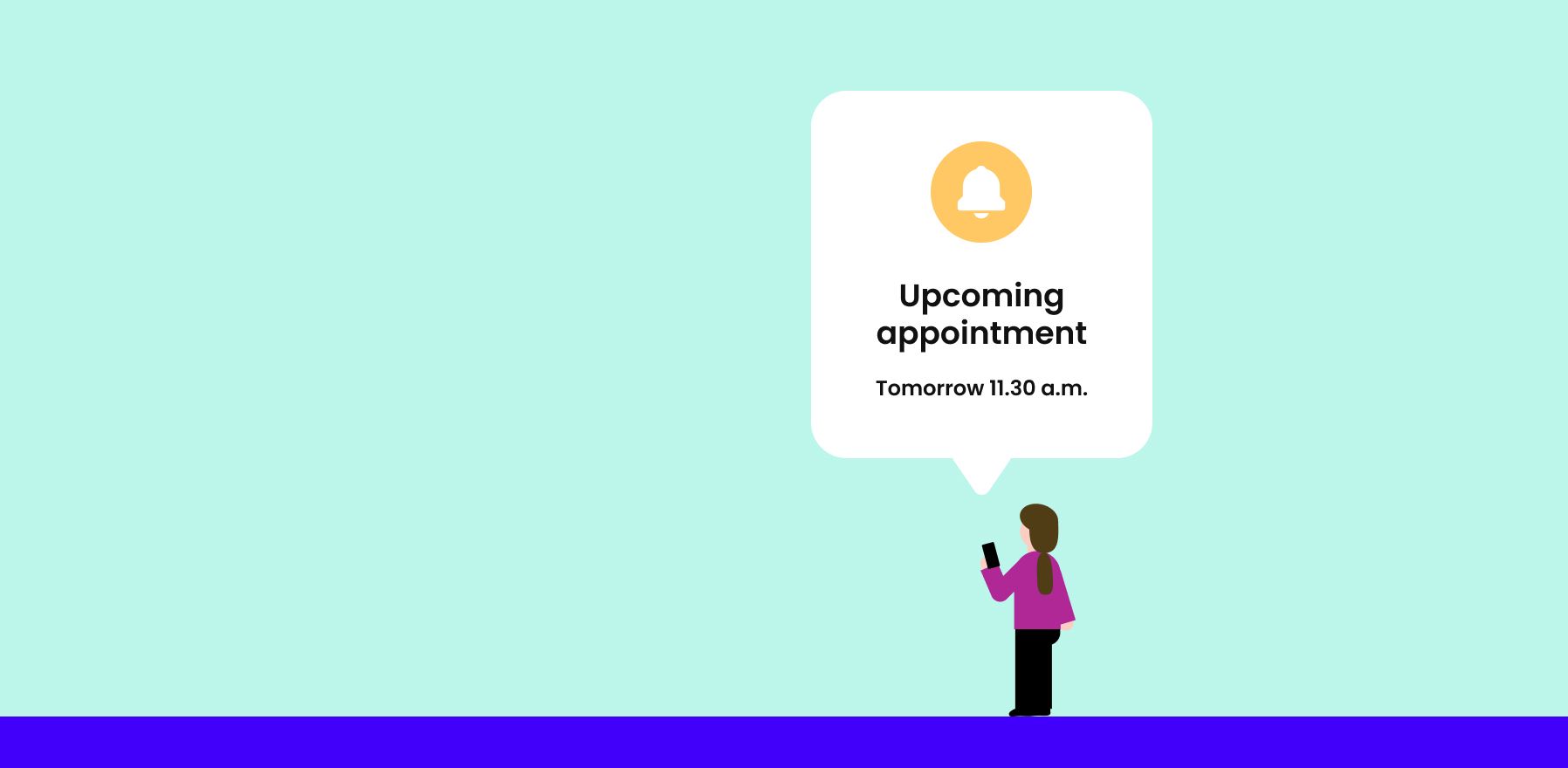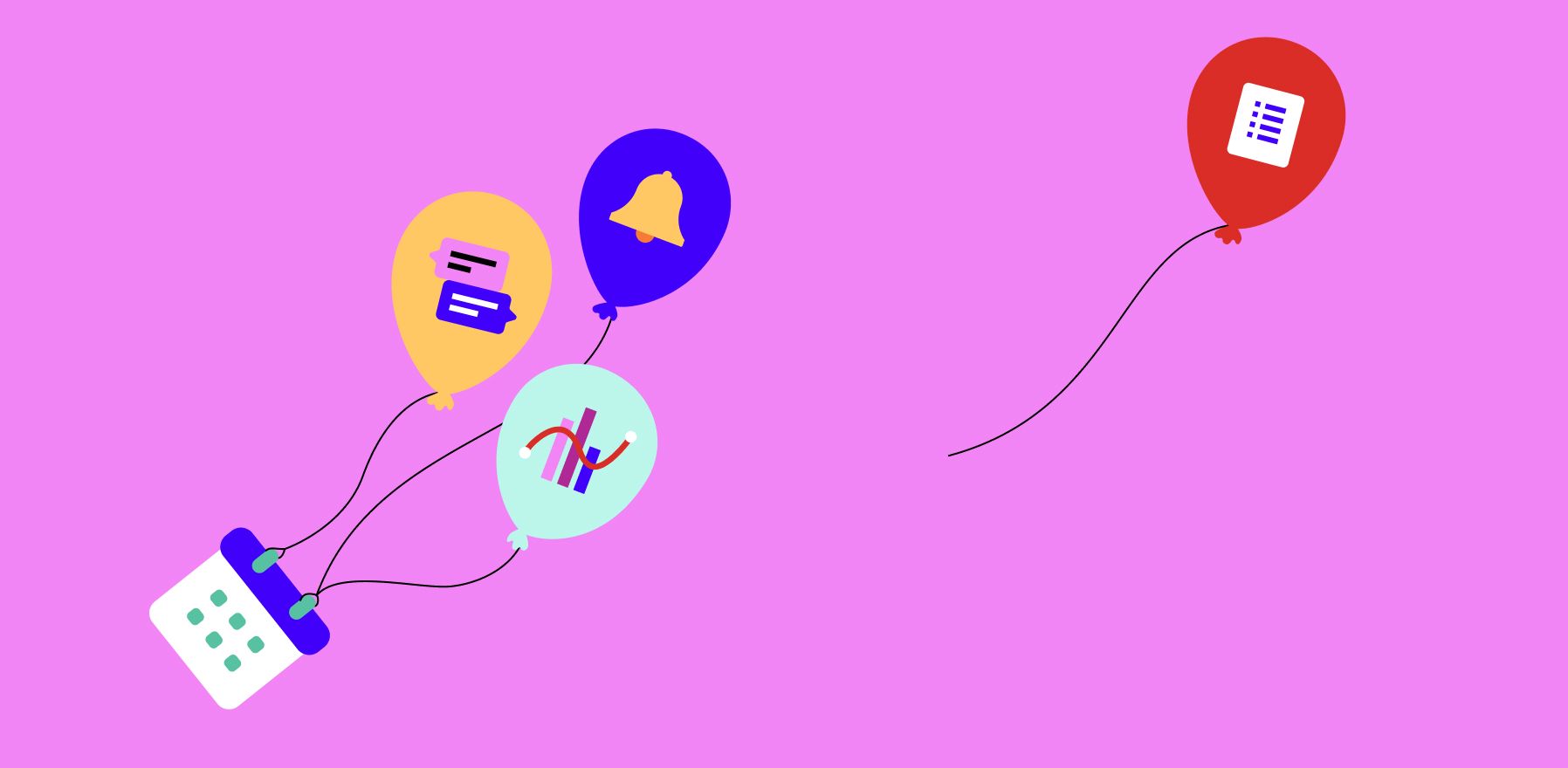Appointment scheduling is a vital function for businesses of all sizes, across industries. Booking appointments once required customers to call or schedule a visit in person.
Today, technology has made this process much simpler — both for businesses and their customers. With the right appointment scheduling software, customers can check your schedule for openings and book an appointment on their own. On the business side, the best apps will automatically manage your calendar and handle things like reminders or even process payments.
A great appointment scheduling app will make your business run more smoothly, allowing you to not only operate more efficiently, but also to deliver an experience for your customers that is convenient and flexible.
Here are all of the functions and features to consider when choosing an appointment booking system.
Basic functions
Every appointment scheduling solution worth considering should have the following basic functions:
- Data capture: As part of the scheduling process, your software should capture basic customer information, such as their contact details. This is essential for managing both your calendar and customer relationships.
- Communication: Clients expect a confirmation text or email when they book an appointment. Also, appointment reminders can help reduce no-shows. Your scheduling solution should make it easy to send these notifications or send them automatically.
- Rescheduling: Clients should be able to cancel or reschedule when needed using the same software they used to book the appointment. You and your team must be able to make changes, too.
Keep in mind that this list only represents the bare minimum for an app to be functional. The best apps for scheduling appointments will far exceed these basic capabilities with sophisticated features that offer your business a robust, customizable solution.
Essential appointment scheduling app features
Below is a roundup of key appointment app features to look for as you consider your options.
User-friendly interface
Before committing to any particular scheduling app, take the time to test it out. No matter how many bells and whistles an app has, it will be worthless without an intuitive interface.
Your scheduling app must be easy for everyone involved to use. This includes:
- Customers: Make sure it’s easy for clients to book, cancel, and reschedule appointments and communicate with your business. An app that is glitchy or difficult to navigate will leave your customers frustrated, which is not a feeling you want associated with your business. A poor pre-service experience will put a bad taste in your customers’ mouths, and could even drive them to your competitors.
- Employees: Consider how steep the learning curve will be for your current employees as well as new hires. The easier an app is to use, the less time and money you will spend training employees and providing tech support.
- Managers/Owners: Find an app that makes life easier for you — or whoever is in charge of scheduling for your business. After all, that’s the whole point of scheduling software.
Research how easy it will be to migrate customer information and existing appointments into the new system, too. The smoothness of this process will affect customers, employees, and admin alike.
Mobile device compatibility

Some businesses and customers still prefer to use desktop or laptop computers, but an increasing number of activities take place on mobile devices. For a scheduling solution to be truly user-friendly in today’s world, it must be mobile-friendly.
Odds are that your customers already use a smartphone to look up your phone number, hours, and location. Streamline the booking process by ensuring they can use that same device to make an appointment.
Your employees will benefit from mobile device compatibility, too, as they will be able to access and update their schedules on the go.
Robust calendar management settings
Every appointment scheduling app should allow you to set your available hours. However, if you or your employees have to juggle both client appointments and other scheduled tasks, you may benefit from the following features:
- Manual approval: Requires someone within the business to acknowledge and approve an appointment before confirmation is sent to the customer.
- Multiple calendar views: Allows business users to quickly toggle between monthly, weekly, and daily calendar views.
- Calendar integration: Syncs your appointment schedule with other calendars, such as your personal calendar.
All of these features make it easier to manage your schedule and avoid conflicts.
Virtual waitlist
Many businesses encourage customers to book an appointment while still accepting walk-ins. If your scheduling app has a virtual waitlist, you can do both.
This feature will estimate wait times and allow walk-ins to reserve a place in line. Customers can even wait in the comfort of their vehicle or run a few errands because the app will notify them when it’s their turn.
Digital forms, waivers, and surveys
You can save time and paper by having clients fill out any required paperwork before their appointment, from registration forms and waivers to medical history and consent forms. Look for an app that will let you easily share forms for your clients to sign digitally.
After an appointment, you can also use automated messaging or app integrations with survey providers like SurveyMonkey to request customer feedback and measure customer satisfaction.
Video/Voice Call Integration
Online meetings have become much more common in the past few years. If your business can accommodate virtual appointments, your scheduling app should, too.
Look for an app that integrates with video conferencing platforms so that a meeting URL is automatically included in the confirmation email for online appointments.
Payment options
With the ability to integrate payment options, your scheduling app will allow customers to pay when they book their appointment. Like appointment reminders, requiring customers to pay upfront or make a deposit can help reduce no-shows.
Website integration or microsite hosting
If you already have a website for your business, look for a scheduling app that offers a plug-in or widget – or an easy way to embed a link. That way, customers will be able to book an appointment directly through your website.
If you don’t have a website, look for an app that offers microsite hosting. With this option, customers will still be able to book appointments using their computers. All you have to do is share the booking link.
Some apps even have integrations with Google Maps. With Waitwhile, you’re able to let your customers book an appointment or join a virtual waitlist directly from your Google Maps listing without even visiting your website.
CRM integration
Because scheduling apps collect customer data, integration with customer relationship management (CRM) tools is a natural fit. Small businesses might not currently have or need CRM software, but as your business scales, CRM integration offers a lot of benefits.
In addition to storing customers’ contact information, CRM tools can help you optimize and automate your digital marketing efforts.
Data analytics tools
Not all scheduling apps provide business performance metrics, but this feature is invaluable. With data analytics, you can identify the following:
- In-demand services
- Busy and slow times
- Delays and inefficiencies
- Unusually long wait times
- Opportunities to streamline
- Over- or under-performing employees
Data analytics is how businesses put the phrase “know better, do better” into practice. Be sure your appointment scheduling app not only provides you with important metrics, but presents them in easy-to-understand dashboards.
Customer support
The more integrated and feature-rich your scheduling software is, the more vital its customer service becomes. Take a moment to research the customer service teams behind different scheduling apps. Find out what their hours are and how they can be reached.
If you’re looking for a large corporate solution to deploy across multiple locations, be sure to look into what type of Enterprise support or features your appointment scheduling platform offers. The best vendors will offer Enterprise-level support designed for global companies.
Ability to scale
Make sure the solutions you choose today will be able to grow with your business.
For scheduling software, that means finding an app that can handle a large number of appointments without slowing down. Depending on your needs and goals, you may also need software that allows you to manage multiple locations, easily add or remove employees, and make changes to your services.
Simplify scheduling with Waitwhile
The best apps for scheduling appointments do much more than handle bookings. They can also help you manage everything from waiting lists to intake paperwork.
With Waitwhile, manage appointments and walk-ins in a single easy-to-use platform. Put scheduling and queue management on autopilot so staff can focus on your customers.
Try it free or learn more about the Enterprise edition.



